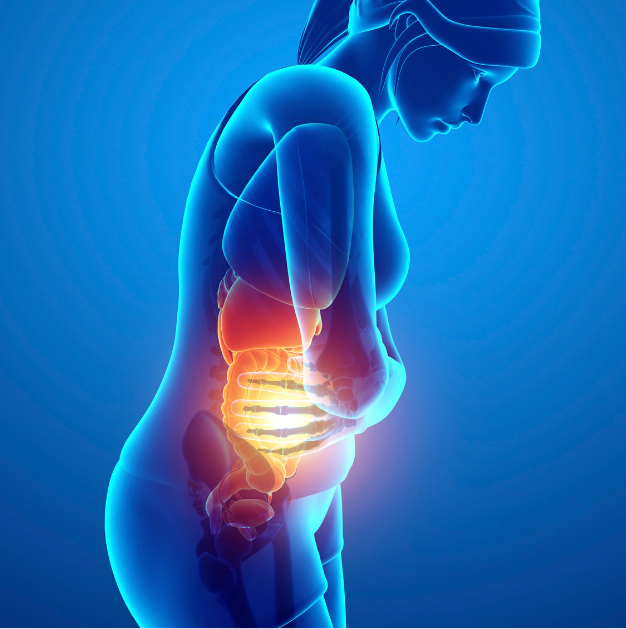
SIBO isn't the only thing that can make you bloated.
What if it wasn't fructose or SIBO that made you swell like a balloon after eating?
Fructose intolerance and its symptoms are often discussed.
It's probably not the first time you've heard that malabsorption of this carbohydrate, found in some fruits and vegetables, can cause abdominal bloating, diarrhea, excess gas, and distension. However, fructose and SIBO (Small Intestinal Bacterial Overgrowth) aren't always the culprits of your discomfort...
We recently saw a patient in consultation who came to us with various tests, including breath tests such as lactulose ( which we do to detect SIBO) and fructose.
The fructose test came back negative, but he reported digestive discomfort when eating some fruits and vegetables like grapes, apples, peaches, peppers... Thinking about it, I decided to do a separate sorbitol test, and voilà, positive for sorbitol malabsorption.
Sorbitol is a polyol (sugar alcohol) naturally present in many foods, in varying amounts. It's found in stone fruits, dried fruits, and vegetables such as green peppers and corn.
It's also produced synthetically and used in the food industry as a low-calorie sweetener, labeled E-420. It's often found in sweetened products such as sugar-free chewing gum or yogurt. Be careful, it's also found in some supplements!
Sorbitol intolerance is due to intestinal malabsorption, probably because the digestive tract is damaged and unable to properly absorb sorbitol. In a few rare cases, it may have a genetic component.
Normally, when we perform these tests, we analyze fructose and sorbitol at the same time, in a single test. However, there are patients who only have sorbitol intolerance, since fructose can be absorbed through other transporters such as GLUT2 and GLUT5, but sorbitol only via the GLUT2 transporter.
Some studies, such as this one published in the journal Cell, have also observed that intestinal dysbiosis due to a deficiency of Clostridium bacteria can also lead to impaired sorbitol digestion and even complete malabsorption. Some Clostridium-positive bacteria produce an enzyme called SHD (Sorbitol dehydrogenase), which is necessary for proper sorbitol processing.
The study's researchers found that after mice received antibiotics and a diet high in saturated fat, the cells lining the gut used less oxygen. This led to higher oxygen levels in the gut, which reduced the number of beneficial clostridia. Without sufficient clostridia, sorbitol wasn't broken down in the gut.
Therefore, addressing intestinal dysbiosis and supporting the mucous membranes, rather than simply following a restrictive diet, is key to treating fructose and sorbitol malabsorption if we truly want to resolve the intolerance once and for all.
How do you know if you have a sorbitol intolerance?
You may have it if you have the following symptoms:
- Gases
- Osmotic diarrhea
- Pasty, diarrheal stools
- Urgency to go to the bathroom
- Swelling
- Intestinal cramps
We can analyze it using a noninvasive air test, in which you're given a little liquid sorbitol and you have to blow into a machine that measures the fluctuation of hydrogen and methane, allowing us to determine whether your gut is absorbing it well or not.
--
PERSONALIZED NUTRITION AND PSYCHONEUROIMMUNOLOGY ADVICE
📩 Contact us for questions and concerns at info@mpunti.es or WhatsApp +34 722 530 271
👉 You can book your first consultation by clicking here
